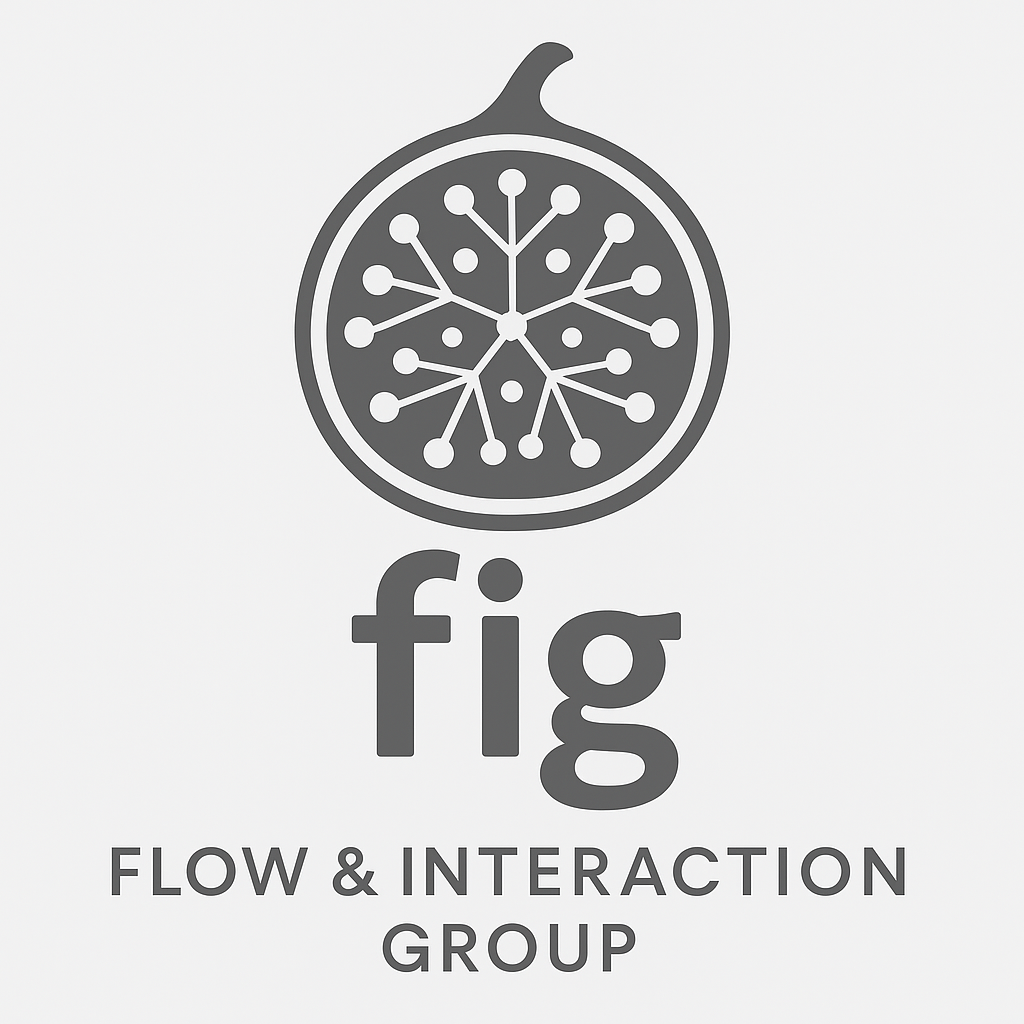Touching the Invisible
What if you could feel the world around you—even phenomena too small, too fast, or too distant to ever see? That’s what we set out to explore with mid-air haptics, a technology that generates tactile sensations in mid-air using ultrasound. In our study, we invited science communicators to try prototypes that turned particle collisions, quantum uncertainty, and even cell division into touchable experiences above their palms. The reactions were immediate: fascination, curiosity, and a sense of discovery.
The excitement came from movement. Unlike static 3D-printed models, mid-air haptics could shift over time—a swirl accelerating, a wave oscillating, a cell dividing in two. Participants also valued how easily these sensations could be shared. No headsets, no long setup—just hold out a hand and feel.
Perhaps most powerful was flexibility. A single tactile sensation could be explained as an atom, a neuron, or a star—depending on the story being told. For science communication, this opens new possibilities: turning abstract concepts into memorable, physical experiences.
By making the invisible tangible, mid-air haptics offers a new way to connect people with science—not just through sight or sound, but through touch.

